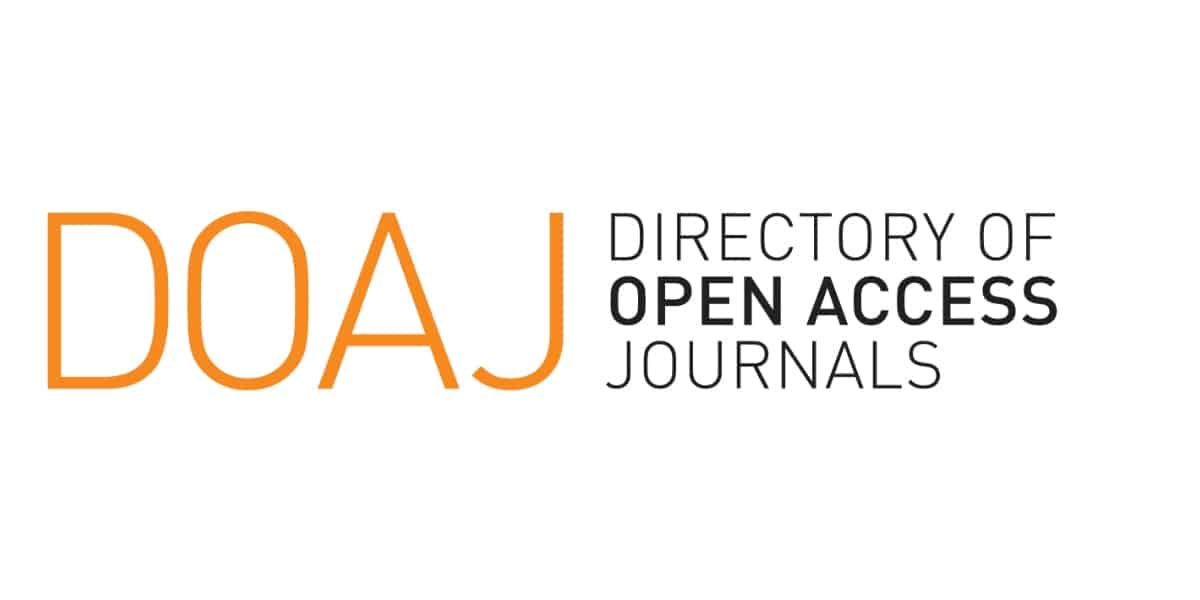Identifikasi dan Proyeksi Timbulan Sampah Mengandung B3 Rumah Tangga di DKI Jakarta
Keywords:
sampah mengandung B3, rumah tangga, timbulan, sistem dinamik, simulasiAbstract
The growing population and increased community activities in DKI Jakarta have resulted in higher waste generation, averaging 0.7 kg per person per day, or 7,800 tonnes, which is primarily disposed of at the Bantargebang TPST. Although dominated by organic and inorganic waste, household hazardous waste (HHW) is also found at the community level. This is attributed to the use of chemical products in household activities, such as cleaning and personal care products, paints, pesticides and electronics. A study of 150 households of different income levels found an average generation of HHW of 0.0097 kg per person per day, with specific averages of 0.0098 kg, 0.009 kg and 0.01 kg for low, middle and high income levels respectively. HHW consists mainly of packaging waste from personal care and beauty products (28.62%), cleaning and household products (26.34%) and leftover medicine/medical waste (23.17%). HHW with infectious (39.32%) and toxic (35.63%) properties are more common than other properties. Waste generation projections, modelled using a simple dynamic system simulation, estimate that waste generation will reach 106,688.02 tonnes per year over the next 20 years.
References
[1] Fikri, E., Purwanto, P., & Sunoko, H. R. (2015). Skenario Pengelolaan Sampah B3 Rumah Tangga (B3 RT) Di Kota Semarang dengan Menggunakan Pendekatan Life Cycle Assessment (LCA) (Doctoral dissertation, Program of Postgraduate).
[2] Fikri, E., Purwanto, P., & Sunoko, H. R. (2018). Characteristics and Generation of Household Hazardous Waste (HHW) in Semarang City Indonesia. E3S Web of Conferences. https://doi.org/10.1051/e3sconf/20183109026
[3] Galvin, D. (2018). The History and Current Status of HHW Management on Household Hazardous Waste 2nd Edition, edited by Amy D. Cabaniss. Maryland: Government Institutes.
[4] Galvin, D., dan Dickey, P. (2018). What is Household Hazardous Waste, in Handbook on Household Hazardous Waste 2nd Edition, edited by Amy D. Cabaniss. Maryland: Government Institutes.
[5] Prahasta, E. (2018). Systems thinking pemodelan sistem dinamis. Penerbit Informatika
[6] Rusvinasari, D., & Risnanto, A. S. (2024). Rancangan Prediksi Volume Sampah TPA Kota Semarang Dengan Pendekatan Sistem Dinamik. Journal of Data Science Theory and Application, 3(1), 14-22.
[7] Chaiyarit, J., & Intarasaksit, P. (2021). Household hazardous waste characterization and quantification at source in Thailand. Journal of the Air & Waste Management Association, 71(8), 989-994.
[8] Badan Pusat Statistik Provinsi DKI Jakarta (2023). Provinsi DKI Jakarta Dalam Angka 2023.
[9] Artika, I., & Chaerul, M. (2020). Model sistem dinamik untuk evaluasi skenario pengelolaan sampah di Kota Depok. Jurnal Wilayah dan Lingkungan, 8(3), 261-279.
[10] Barlas, Y. (1989). Multiple tests for validation of system dynamics type of simulation models. European journal of operational research, 42(1), 59-87.
[11] Agency For Toxic Subtances and Disease Registry (ATSDR) (1999). Toxicological Profile For Mercury. U.S Department of Health and Human Service.
[12] Damanhuri, E., & Padmi, T. (2018). Pengelolaan Sampah Terpadu Edisi Kedua. Bandung: Institut Teknologi Bandung (ITB).
[13] Dinas Kependudukan dan Pencatatan Sipil DKI Jakarta. (2023). Laporan Statistik Bulanan tahun 2023
[14] Kepala Dinas DLH Provinsi DKI Jakarta (2023). Keputusan Kepala Dinas Lingkungan Hidup Provinsi DKI Jakarta Nomor e-0014 Tahun 2023 tentang Timbulan, Komposisi, dan Karakteristik Sampah Provinsi DKI Jakarta.
[15] Zhang, Z., Malik, M. Z., Khan, A., Ali, N., Malik, S., & Bilal, M. (2022). Environmental impacts of hazardous waste, and management strategies to reconcile circular economy and eco-sustainability. Science of the Total Environment, 807, 150856.
Downloads
Published
Issue
Section
License
Copyright (c) 2024 Wahyu Dewi Yantini, I Made Wahyu Widyarsana (Author)

This work is licensed under a Creative Commons Attribution 4.0 International License.
















